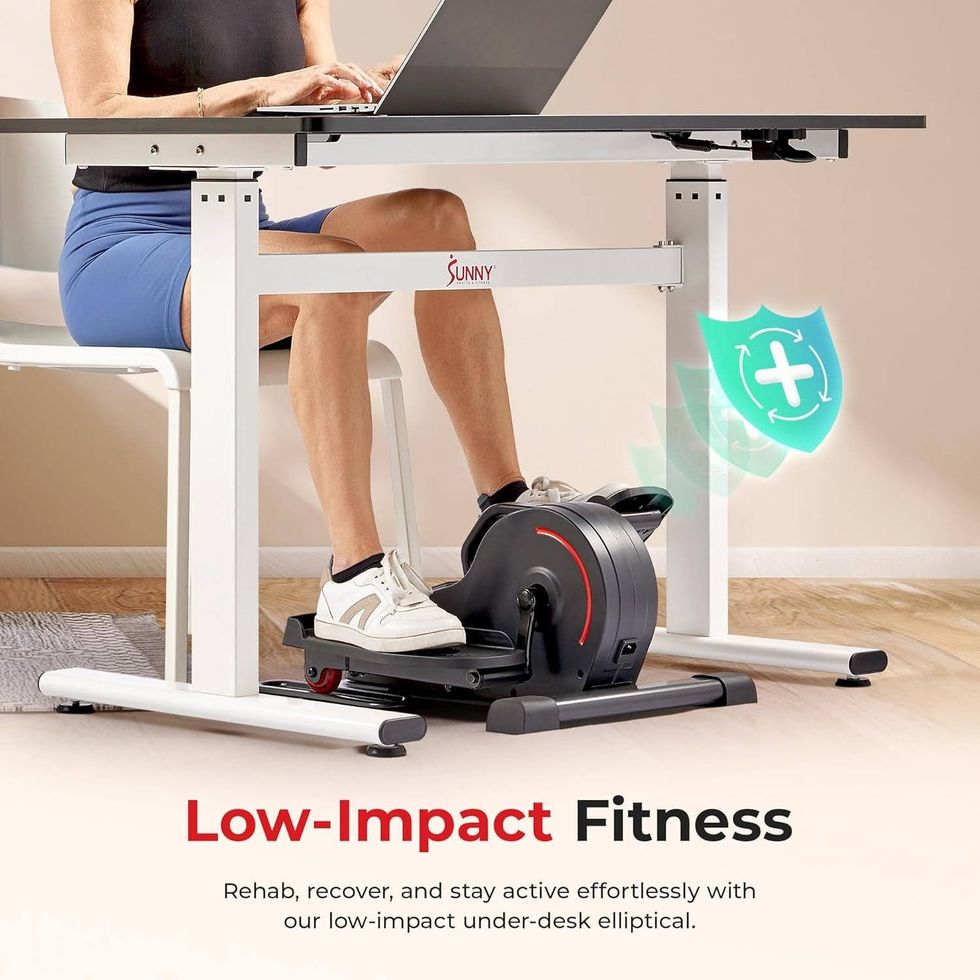20 LA Tech and Startup Leaders and Thinkers to Follow on Twitter
Luis Gomez is dot.LA's Engagement Editor. Prior to joining the dot.LA team, he served as the audience growth consultant for Capital & Main. He has also previously worked as a digital producer for The San Diego Union-Tribune, NPR affiliate KPCC in Los Angeles and Yahoo. Follow him on Twitter at @RunGomez.

Whether you’re a venture capitalist, angel investor, founder, influencer or simply someone who wants to learn from some of the most influential individuals in the tech and startup scene, social media can offer a gateway into the ideas shaping the local landscape.
We’ve done our best this year to follow the ideas and big moves in L.A.’s startup scene by following influential local thinkers on Twitter, who often blast out their ideas using the hashtag #LongLA.
We’ve put together this list of 20 influential and diverse voices in social media who are worth following. Have a look. Anyone we’re missing? Let us know!
Anna Barber (@annawbarber)

Investing partner at M13, partner at the Fund LA, and former managing director of Techstars LA.
Qiana Patterson (@Q_i_a_n_a)

General Partner at Tamaa Capital, Chair of Pledge LA at Annenberg Foundation and Advisor and Investor at Cap Table Coalition.
Trish Halamandaris (@THalamandaris)

Director of the Venture Accelerator at UCLA School of Management.
- Silicon Beach: Why Everyone Hates the Name for L.A.'s Tech ... ›
- Venture Capitals Investing in Southern California Startups - dot.LA ›
- Come to the #LongLA 2022 Holiday Party - dot.LA ›
Luis Gomez is dot.LA's Engagement Editor. Prior to joining the dot.LA team, he served as the audience growth consultant for Capital & Main. He has also previously worked as a digital producer for The San Diego Union-Tribune, NPR affiliate KPCC in Los Angeles and Yahoo. Follow him on Twitter at @RunGomez.





























